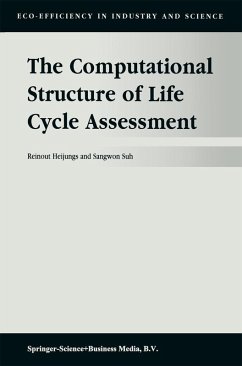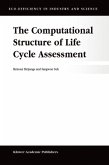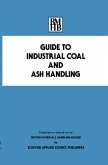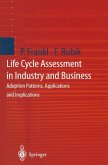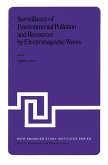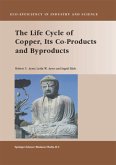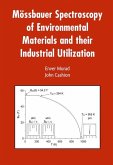Life Cycle assessment (LCA) is a tool for environmental decision-support in relation to products from the cradle to the grave. Until now, more emphasis has been put on the inclusion quantitative models and databases and on the design of guidebooks for applying LCA than on the integrative aspect of combining these models and data. This is a remarkable thing, since LCA in practice deals with thousands of quantitative data items that have to be combined in the correct manner. For this, one needs mathematical rules and algorithmic principles for carrying out an LCA.
This book presents the first coherent treatment of the mathematical and algorithmic aspects of LCA. These computational aspects are presented in matrix form, so that a concise and elegant formulation is achieved. This form, moreover, provides a platform for further extension of analysis using perturbation theory, structural theory and economic input-output analysis.
Hinweis: Dieser Artikel kann nur an eine deutsche Lieferadresse ausgeliefert werden.
This book presents the first coherent treatment of the mathematical and algorithmic aspects of LCA. These computational aspects are presented in matrix form, so that a concise and elegant formulation is achieved. This form, moreover, provides a platform for further extension of analysis using perturbation theory, structural theory and economic input-output analysis.
Hinweis: Dieser Artikel kann nur an eine deutsche Lieferadresse ausgeliefert werden.
"Heijungs and Suh's Computational Structure of Life Cycles Assessment fills a gap in the methodological literature supporting life-cycle assessments (LCA). It provides a consistent approach, terminology, and notation previously lacking and only partially addressed by archival literature and standardization efforts. Much of the book focuses on the computational aspects of inventory analysis using linear algebra. The construction has atleast three advantages. First, the method is compatible with current inventory data collection and management practices...Second, the computational structure forces the practitioner to account for the full life cycle of material and energy flows and explicitly accounts for "complications"....Third, the matrix structure facilitates impact assessment and interpretation as currently applied by LCA practitioners...Even though the linear algebra concepts used are quite basic, the text is really designed for the atleast somewhat experienced LCA practitioner or the graduate student with some level of comfort in applying mathematical models to complex systems...Finally, the computational structure presented is complete in taking the practitioner from inventory analysis through interpretation.. Practitioners who read this text will benefit from the author's experiences in applying LCA and developing LCA methods..." Journal of Industrial Ecology, 7:2 (2003)

